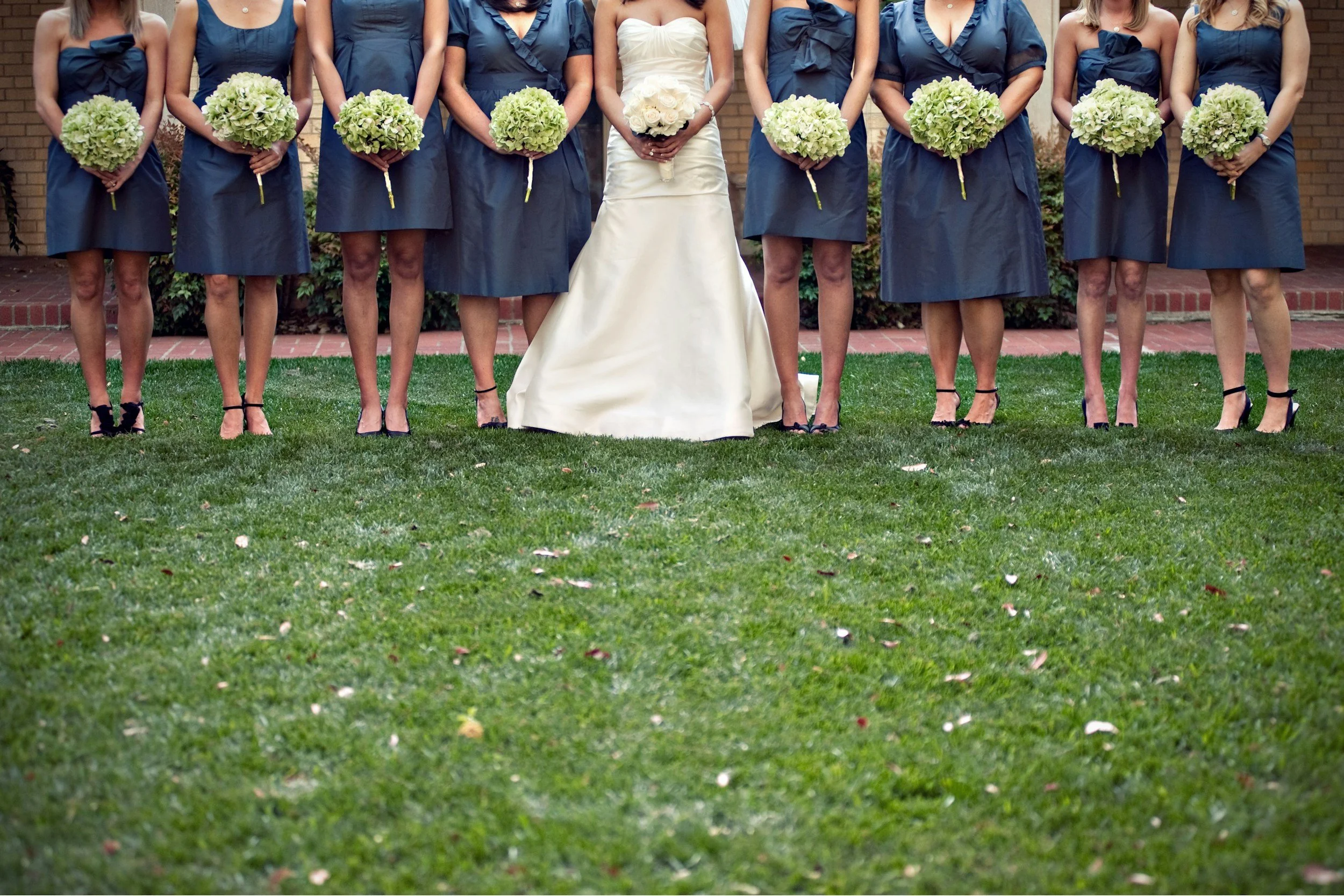Decolonising Second-Hand Fashion
For as long as I can remember, I've loved charity shops. From being a teenager with short spiky hair and too many Dr Martens to my more muted style after discovering #minimaliststyle and neutrals, 80% of my wardrobe has always been from my local charity shops. Like everyone else, I'm also a big fan of a closet purge: from our teens to our twenties, we're so busy trying on new identities and the clothes that match, we quickly outgrow the pieces we were obsessed with 3 years ago.
Bodies change, too. Our metabolisms slow down, and we get professional jobs. That funky nineties shirt we used to be obsessed with doesn't quite cut it anymore. No sweat, though: we can just donate our old pre-loved clothes to the charity shop, right? Someone will buy this old stripy top and wear it forever, right?
Until I saw Aja Barber's recent tweet that only about 10% of what we donate is resold, I thought that too. Don't get me wrong: donating or selling on your clothes is a million times better than throwing them out, and I can proudly say that I have never sent a piece of clothing to landfill. At least, not knowingly. But therein lies the problem. Those bags upon bags of old bodycon dresses and vest tops we send to the charity shop don't all get resold, not even close.
The hot take circulating on TikTok that we shouldn't shop at charity shops unless we have to is based on myth: in the three I've worked in, we were never wanting for stock, just space to sell and store it all. The scores and scores of clothing we sent back to 'the warehouse' (just as ominous as it sounds, it turns out) was shocking. Where were all the Depop teens now as we ditched yet another few tonnes of stock?
Granted, it is not good practice to buy up bigger sizes that are already scarce for an 'oversized' look. Still, the idea that charity shops are lacking stock and are a precious, limited resource is a dangerous myth to be spreading. The gentrifying of charity shops and the rising prices in 'up and coming' areas is a conversation that needs to be had.
The blame doesn't just fall on a lack of stock being monopolised by middle-class teenagers. It just isn't. It is more complex than that, linked to rising house prices and gentrification pushing marginalised communities out of the areas that have always been home to their communities. Feel guilty about your £4.50 matcha latte, not your second hand t-shirt.
Where, then, does all the stock go? Mostly, it weaves its way to either landfill or the global south. The Global South?? I hear you cry. I thought my bobbled jumpers were going on the racks of the Oxfam on the high street, next to the Greggs? Well, reader, you are sadly mistaken. This is where fashion colonialism comes in. Tonnes of stock is being dropped in African countries for resale, and I mean tonnes—lorries upon lorries of the stuff. Before fast fashion began to gather pace to become its terrifying, planet-destroying final form, the clothes that ended up on these lorries were re-saleable. Mostly. They would be bought up in bales by local second hand markets, so local communities had thriving economies, and local families could set up their own successful businesses. This was always a threat to the local tailors and makers and their business, but the two markets managed to peacefully co-exist.
Now, however, the quality of the bales has starkly decreased. The second hand clothing washing up in African countries sells for 5 to 10% of the cost of a new, locally made item
https://www.instagram.com/p/CK3eVHlnhOj/?igshid=1bu9pmd15e62e
. Think about the 100% plastic dresses made by exploitative companies I will not name (use your imagination). Think about the consumer culture where we are told to buy more, for less money, for fewer wears. A drop in quality was inevitable. The result of late stage capitalism where we spend more on clothes than we did 60 years ago but have more pieces in our wardrobes. If we spend £1,160 on fast fashion, £11.60 goes to garment workers
https://www.instagram.com/p/CMotBKHBQsu/?igshid=vvlgckm54efs
. Not only this, but the pieces end up back in the countries where the workers making them were exploited, for them to try and sell for less and less money in a more and more volatile second hand clothing market. You couldn't make it up: Western countries employ primarily women of colour to make pieces for 5p an hour and then send them back once they've worn them twice for them to sell again. The money they get from the full vicious cycle won't even be close to what we pay for the garment. This is fashion colonialism: chucking our discarded polyester into poorer countries where they fill up local landfills or cause chaos in the second hand clothing market.
Devastatingly, one of the biggest second hand markets, Kantamanto Market, Ghana, recently set on fire and was nearly completely destroyed. Chock full of our flammable fabrics close to unsafe textile factories used by companies you could walk past on your local high street. This disaster demonstrates the genuine consequences of our shameful fashion habits. Our clothes are not resold down the road. They are shipped across the world to ruin local economies and possibly contribute to disasters such as the Kantamanto Market fire. It is vital we know where our clothes end up: even if you're not putting your clothing directly in a bin, you are still contributing to the throwaway culture. That means our sub-par clothing is replacing the formerly rich pickings on the lorries travelling into the global south. Just because you can't see it doesn't mean it isn't happening.
As the saying goes, the most sustainable clothes are the ones you already have in your wardrobe. Shopping solely second hand is not enough: we need to fundamentally rethink our consumption habits and the way we view clothing. Of course, the individual only has so much impact, and we need to turn our heads to companies and corporations in the fight to save the planet. Fast fashion and more consumption is inevitable and understandable in some contexts. But the impact of your bags of clothes dropped at the charity shop door is an example of something that we can and must change. Make your clothes last for longer, wash less, repair with apps like Sojo and tailor stuff to fit you. Learn where your clothes end up. There's no excuse: we can't turn a blind anymore. Follow Aja Barber, Venetia La Manna, Fashion Revolution and educate yourself about what you might unknowingly be contributing to. De-colonise your shopping and donating habits—De-colonise your fashion.
Written by Sophie Cundall
I’m a queer writer in Oxford currently studying a masters with as much focus on queer history as possible. I split my time between volunteering for an LGBT charity, managing social media for a feminist podcast, and freezing in the library reading for my masters. When I’m not figuring out how to incorporate historical queer fashion into my everyday wardrobe, I’m watering my plants or sipping coffee and knitting myself another scarf.









